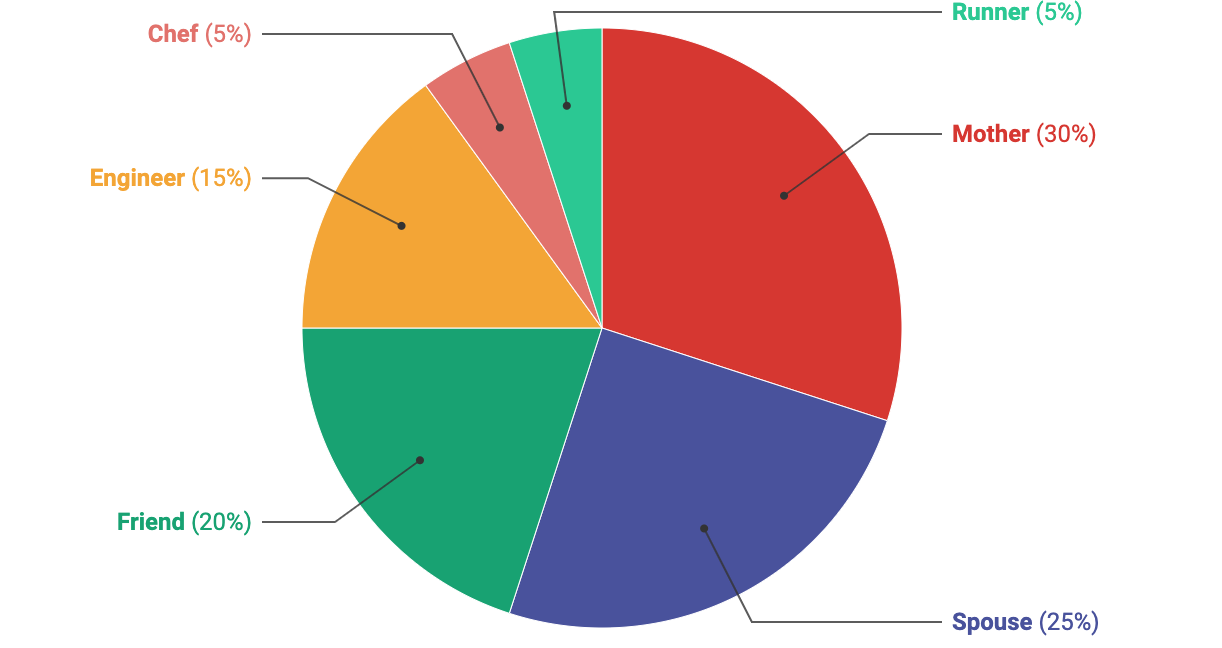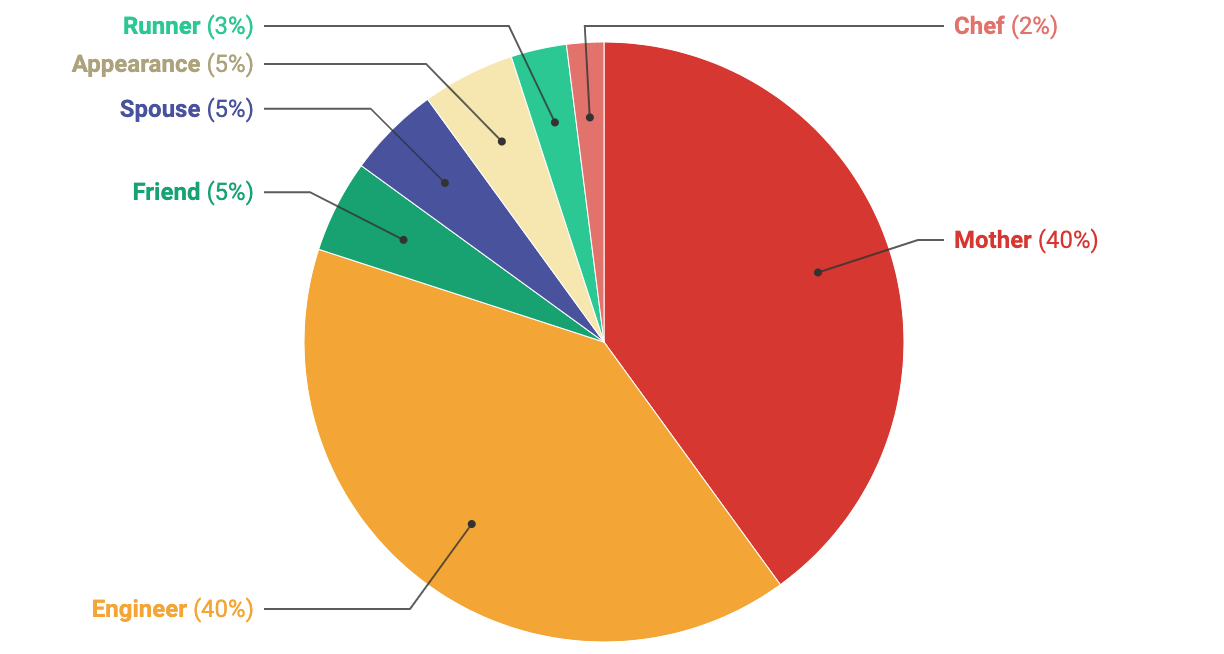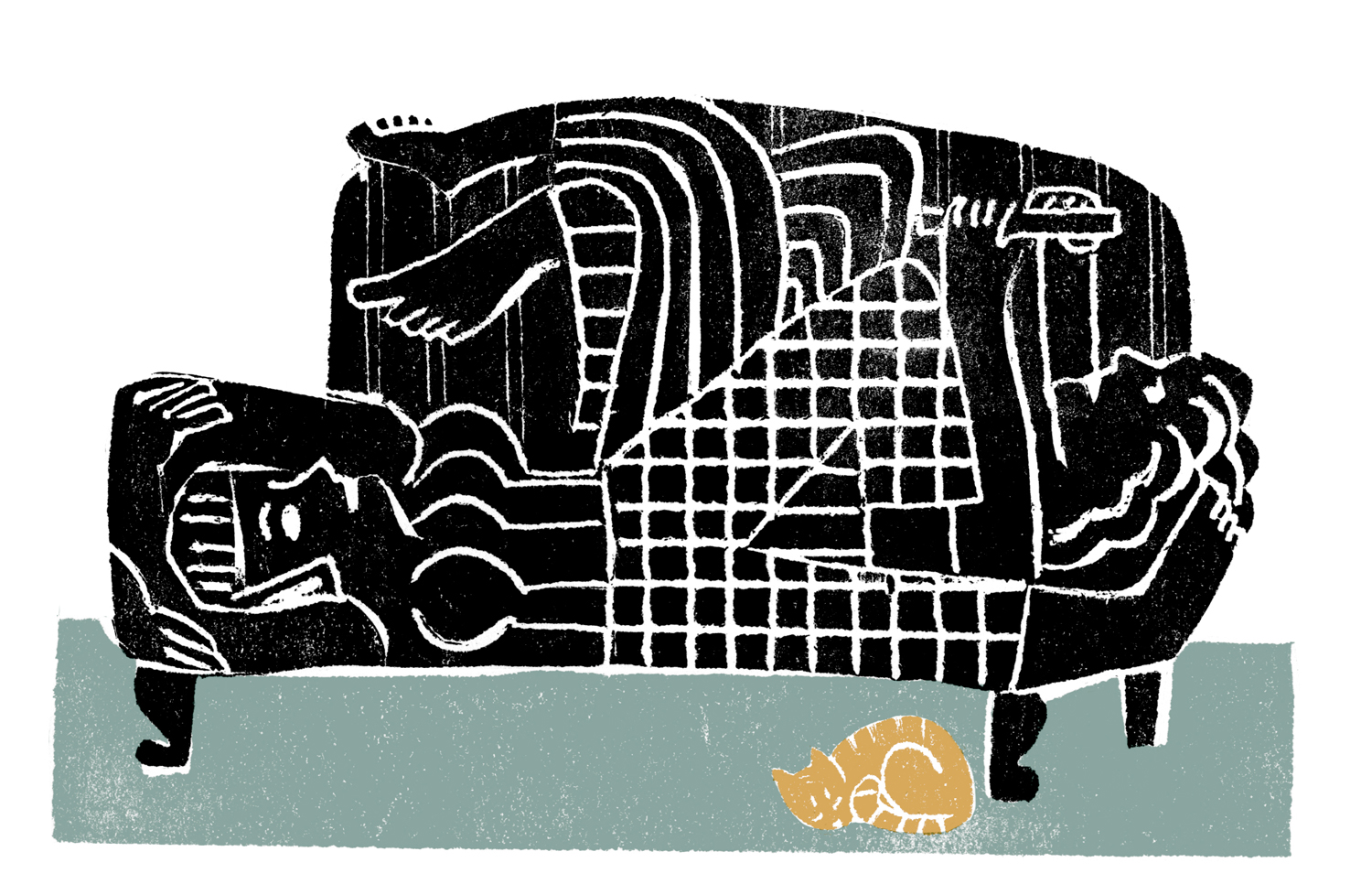QUESTIONS, CLASS. . . ?
Sometimes the greatest
SCHOOLING
You ever get
isn’t in a School at all. . .
A L L
500 Students from Clarksville Elementary School in Indiana worked with their music teacher over the course of the pandemic school year to create this heartstring pulling music video to showcase their talents and to bring a smile to your Monday Morning Face. . .
The exuberance and enthusiasm of these young singers remind us that they are not the future so much as the very much needed NOW. . .
They remind us that beyond WRITING READING ARITHMETIC there’s a SCHOOLING we all need
and more
NEED TO SHARE
CONSIDER YOURSELF SCHOOLED
TAG
YOUR IT
PASS IT ON. . .
























 Illustration by Hadley Hooper
Illustration by Hadley Hooper 





